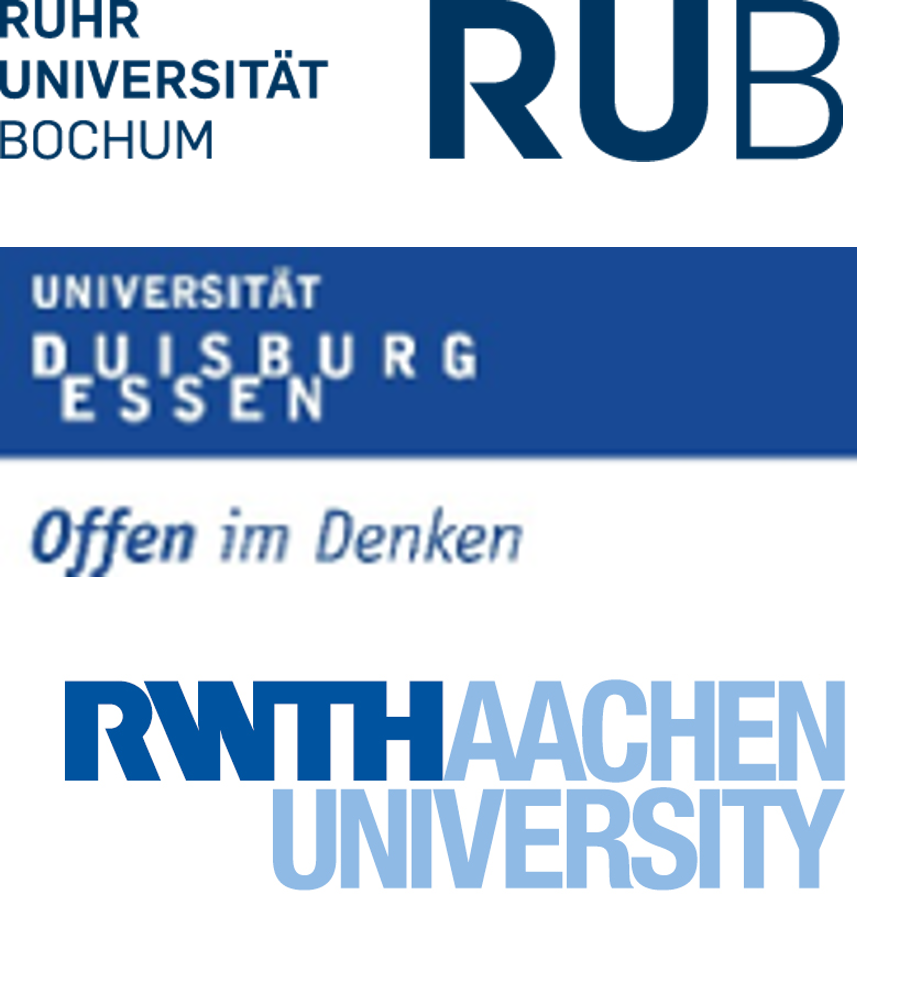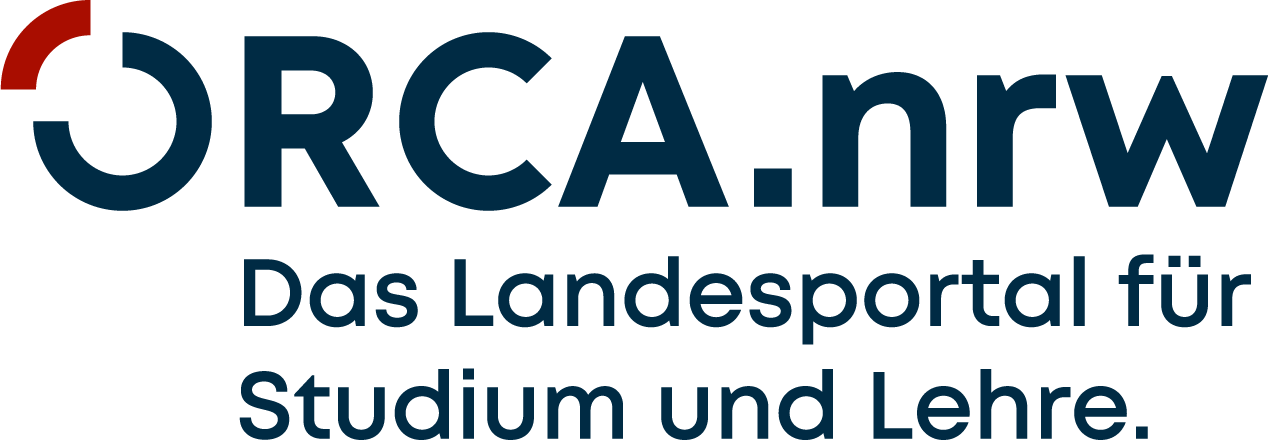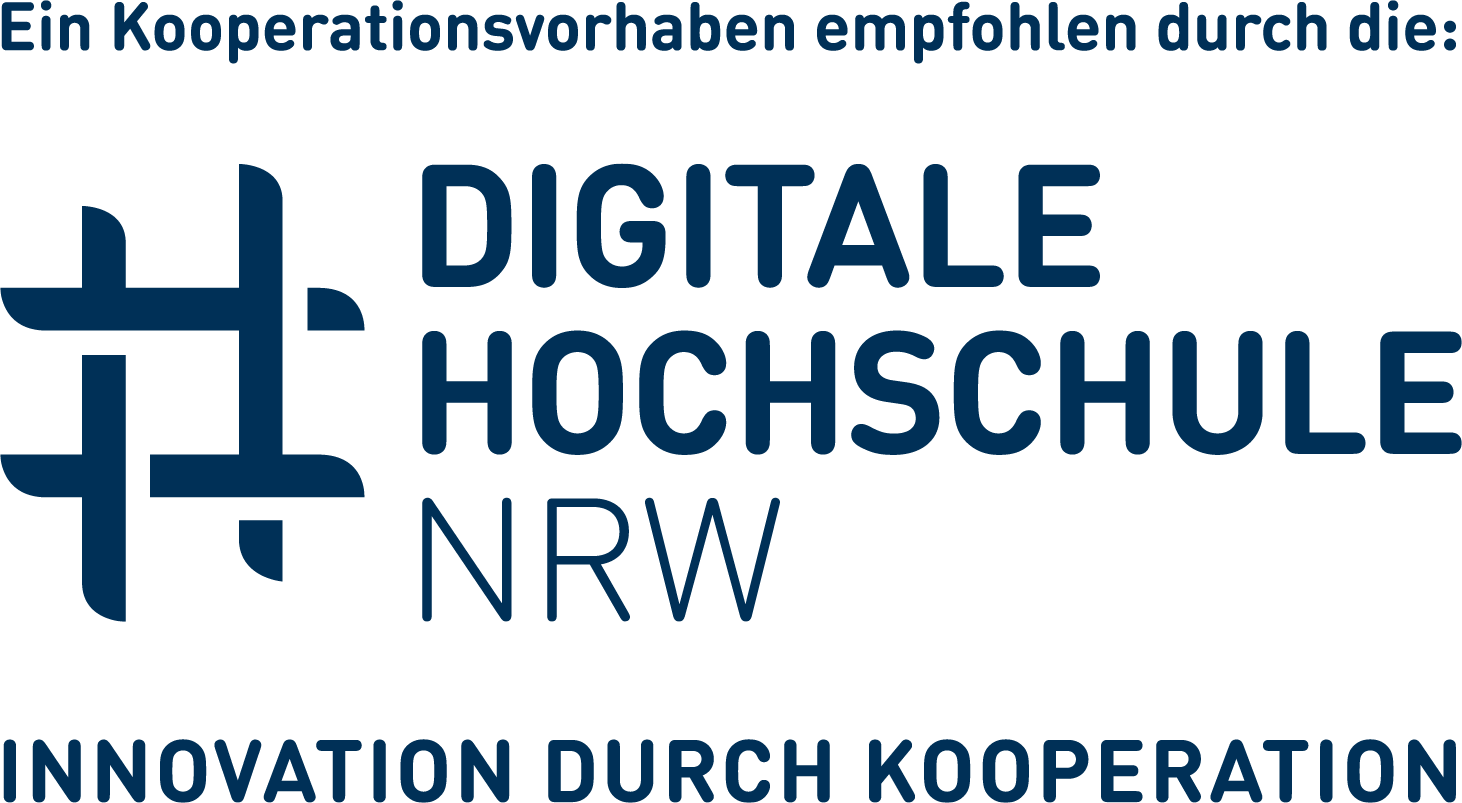Case study “Application of real options analysis for investment in energy sector”
Section outline
-
-
Dear students,
as you work on this assignment, please keep in mind that the instructions provided are meant to serve as a reference and guiding framework. Coding, by its very nature, is a versatile and creative process. There are multiple valid approaches to achieve a solution, and the path you choose might differ from the reference.
We encourage you to think critically, experiment with different coding techniques, and find an approach that resonates with your understanding. The key is not to replicate the instructions verbatim but to grasp the underlying concepts and apply them effectively. Remember, the journey to the correct result is as valuable as the result itself, and there are many paths that lead to the correct answer.
All the best, and happy coding!
FCN-ECO team
-
-
Opened: 2024年 10月 16日(水曜日) 10:30Due: 2024年 11月 5日(火曜日) 23:59
Here you should upload the solution of the case study, it means:
- Graphical presentation of the results (as .png) with their brief discussion
- Python code
-






